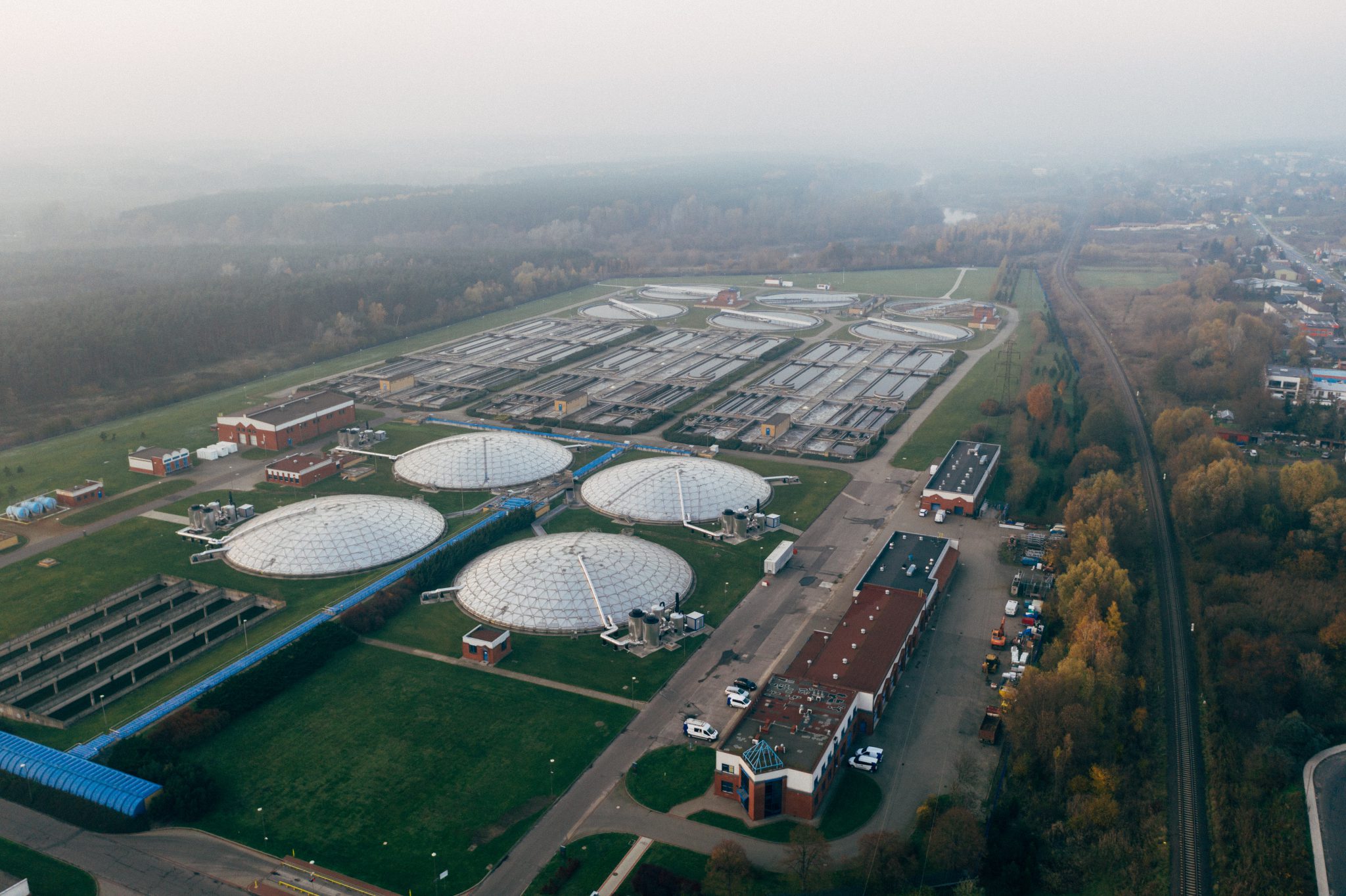Wastewater Treatment Plants
Water Resource Recovery Facilities
Carborex®MS & Sulfurex® for WWTP’s
The major obstacles utility companies and cities face in developing RNG projects from wastewater treatment plants (WWTPs) stem from economic, technical, and regulatory barriers. Hurdles include environmental compliance, available capital, interconnectivity, or permitting. DMT’s systems, in addition to our project experience in this sector, can turn WWTPs into a net energy producer rather than a consumer.
- CH₄ reduction for reducing GHG emissions.
- Design flexibility for various inlets.
- Proven technology.

Wastewater Treatment Plants
Benefits of Biogas Production from Sewage Sludge
Renewable natural gas production from sewage sludge produces economic, energy, and environmental benefits:
Economic
• Turns waste into a revenue stream
• Reduces operating and energy costs
• Reduces water consumption
• Reduces reliance on energy imports
• Creates green jobs
Energy
• Net energy-producing process
• Generates high-quality renewable fuel
• Produces surplus energy as electricity and heat at WWTPs
• Reduces reliance on energy imports
Environmental
• Reduces GHG emissions
• Nutrient recovery
• Increases beneficial reuse of recycled water
• Reduces groundwater and surface water contamination
• Reduces disposed waste volume and weight of solid waste sent to landfills
Benefits of Anaerobic Digestion of Sewage Sludge
The benefits of anaerobic digestion (AD) of sewage sludge is widely recognized and implemented in countries across the globe. The anaerobic treatment of liquid waste or wastewater provides the opportunity to:
- Stabilize, Sanitize and Reduce odor. Once the sludge is stabilized and the pathogens are reduced, odor emissions also decrease significantly.
- Dewatering Improvement. Sewage sludge is easier to dewater after AD. The efficiency of the mechanical dewater process is improved by 15 to 25 percent, making 35 percent dry matter content possible in the digested and dewatered sewage sludge.
- Reduces dry matter. Transforming organic matter into biogas reduces the total dry matter content in the digested sludge by about 50 percent. If the digested sludge is dewatered or dried, final sludge volume can be dramatically reduced, thereby, reducing transportation and disposal fees.
- Fertilization Improvement. In many countries, sewage sludge is used as fertilizer and is a substitute for mineral fertilizers. During the AD process, biochemical changes take place that alter the organic compounds in the sludge and improve its fertilization value.
Sewage sludge, generated from the water cleaning process at WWTP’s, also known as water resource recovery facilities (WRRFs), is rich in nutrients and organic matter. Nevertheless, municipal WWTP digester biogas containing traces of siloxanes requires pretreatment.
